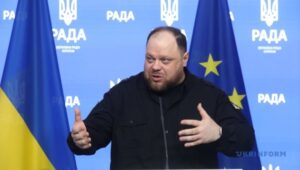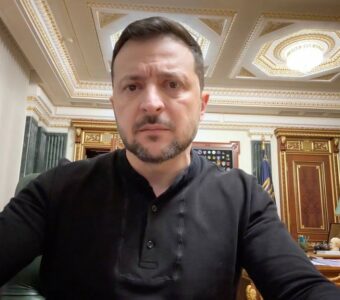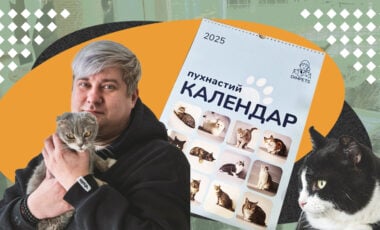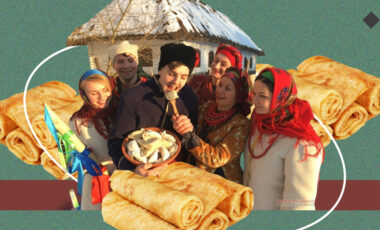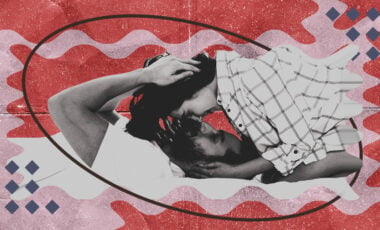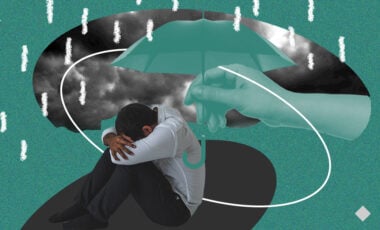russian troops unlikely to encircle Bakhmut soon – ISW
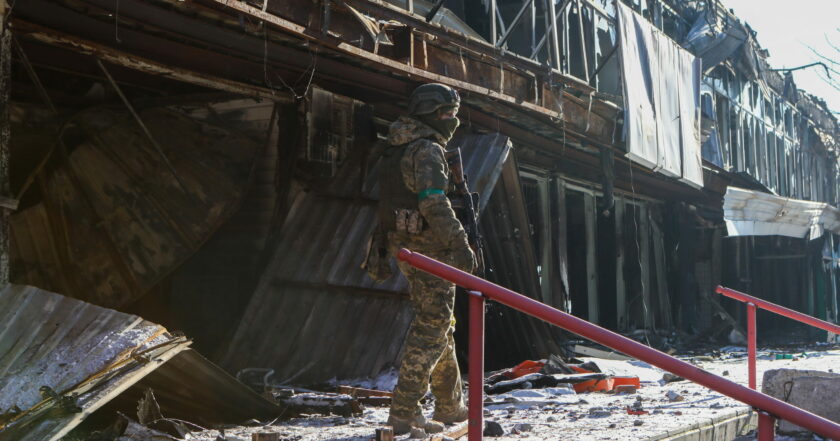
American analysts from the Institute for the Study of War (ISW) analyzed the situation in the Bakhmut direction. They concluded that the russian invaders would not be able to surround the city of Bakhmut shortly.
According to the ISW report, russian troops appeared to have secured a good positional advantage to conduct a turning movement against certain parts of Bakhmut. However, they did not force the Ukrainian troops to retreat and probably will not be able to encircle the city soon.
The ISW emphasized that russian aggressors carried out one limited confirmed offensive near Bakhmut on March 4.
As ISW reported on March 3, Ukrainian forces are likely to create conditions for a controlled combat withdrawal from particularly difficult sectors of Bakhmut. Analysts say that, at the moment, it is not clear whether the Ukrainian command has decided to withdraw.
Experts emphasize that the russian advance in Bakhmut was slow. Therefore, there is no reason to believe that russian troops will be able to surround Bakhmut soon. Moreover, they will be able to take the city with frontal attacks.
According to ISW, russians likely managed to advance close enough to critical ground communications from the northeast to threaten Ukrainian withdrawal avenues with a classic turning movement.
The purpose of the reversal is to force the enemy to leave prepared defensive positions. And it differs from the purpose of encirclement, which is to trap and destroy enemy forces.
The institute suggests that the russian troops may have intended to surround the Ukrainian forces in Bakhmut. However, the Ukraine's Armed Forces command has signaled that it will likely withdraw rather than risk an encirclement. And that the Ukrainians can still hold their ground in Bakhmut if they decide to try.
Experts recall that the russian troops suffered catastrophic losses during the recent three-week offensive near Vuhledar. And also, the acute shortage of personnel and equipment prevents them from achieving even minor successes in this direction.
The institute's report notes that Shoigu's visit to Ukraine may suggest that the russian Ministry of Defense lacks confidence in the Chief of the General Staff and theater commander of all russian forces in Ukraine, Army General Valery Gerasimov, who likely should have been the officer making this frontline visit or at least accompanying Shoigu.
The main conclusions about the hostilities in Ukraine from ISW for March 4:
The Chinese government is reportedly displeased with the kremlin over the publicization of arms sales discussions.
russian State Duma Defense Committee Head Andrey Kartapalov stated that russian companies should purchase their own air defense systems to defend against drones.
The Wagner Group reportedly opened at least three new recruitment centers at russian sports clubs between March 2 and 4, possibly to augment Wagner's recruitment base after losing access to prisoner recruits.
russian forces conducted offensive actions along the Kupyansk-Svatove-Kreminna line.
russian forces continued efforts to encircle Bakhmut and conduct ground attacks along the Donetsk Region front line.
Ukrainian sources continue to report that russian forces are trying to set conditions for offensive operations in southern Ukraine.
Chechen Republic Head ramzan kadyrov continues apparent efforts to increase Chechen influence within russia through promoting Chechnya's Special Forces (SPETSNAZ) and youth policy efforts.
russian occupation administrations are strengthening law enforcement measures in occupied territories.
For reference:
The Battle of Vuhledar is an ongoing military engagement around the town of Vuhledar in the western Donetsk Region, near the de facto border between Ukraine and the so-called Donetsk People's Republic. Ukrainian commanders have described it as the largest tank battle of the russo-Ukranian war to date.
Rubryka writes that russia lost a large-scale tank battle for Vuhledar, getting ambushed by Ukraine's armed forces – just as it happened during the russian offensive at the beginning of the full-scale war when russian tanks were arranged in columns.



